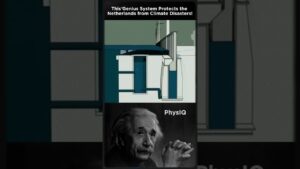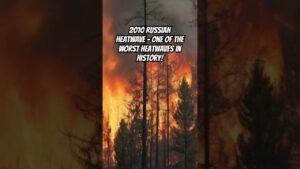
The blockbuster disaster film, *The Day After Tomorrow* (2004), aimed for realism in its depiction of a rapidly escalating climate catastrophe, triggering a new ice age. However, the filmmakers’ pursuit of dramatic spectacle clashed with scientific plausibility, leading to a fascinating behind-the-scenes story involving NASA. The production team sought expert consultation from NASA scientists, hoping to lend credibility to their ambitious, albeit fictional, scenario. This request, however, was met with a resounding ‘no’.
NASA’s response wasn’t simply a polite declination; it was a firm rejection based on the scientific implausibility of the events portrayed in *The Day After Tomorrow* (2004). The agency deemed the film’s depiction of a sudden, catastrophic climate shift too far-fetched to warrant their endorsement or even comment. This decision was formalized in an internal memo circulated among NASA employees, explicitly forbidding any discussion or speculation on the likelihood of the events depicted in the movie.
This initial ban on commentary, however, proved to be short-lived. NASA later reversed its decision, rescinding the restriction on employee statements. The reasons behind this reversal remain unclear, though it’s plausible that the initial ban was deemed overly restrictive or perhaps even counterproductive given the significant public interest in the film. The change of heart might also reflect a shift in NASA’s communication strategy, recognizing that engaging with popular culture, even when critiquing its scientific accuracy, could be a valuable opportunity for public engagement and scientific literacy.
The story of NASA’s involvement – or rather, lack thereof – in *The Day After Tomorrow* (2004) highlights a complex interplay between science, filmmaking, and public perception. The film’s creators sought to leverage the authority of a respected scientific institution to boost credibility, while NASA, in its initial response, prioritized scientific accuracy over public relations. The subsequent reversal of the communication ban, however, suggests a recognition that even highly improbable cinematic scenarios can spark valuable conversations about climate change and its potential consequences. The clash between Hollywood’s dramatic license and the scientific community’s adherence to factual accuracy serves as a compelling case study in the often-fraught relationship between science and popular culture. It also raises questions about the role of scientific institutions in responding to cinematic portrayals of scientific concepts, particularly those that deviate significantly from established understanding. The saga of *The Day After Tomorrow* (2004) and NASA’s response remains a fascinating footnote in both cinematic and scientific history, illustrating the challenges of bridging the gap between scientific reality and the dramatic needs of storytelling.
source



